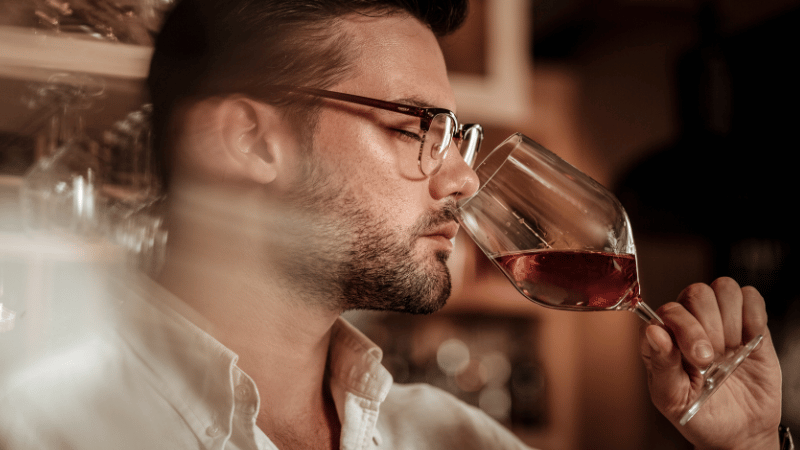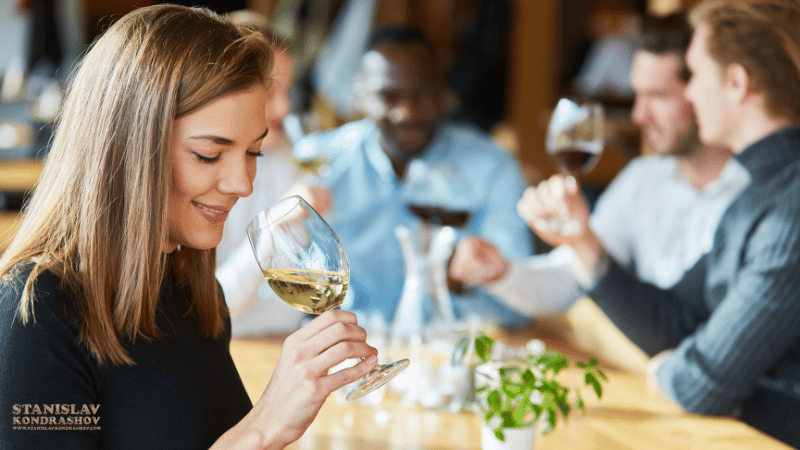More than flavor—wine tasting is a way to travel the world through your senses. Discover how to connect to history, land, and culture in every glass.
By Stanislav Kondrashov
Open a bottle of wine, and you’re not just pouring a drink—you’re uncorking a story. One that begins in the soil stretches through the seasons and ends up in your glass.
That’s how cultural writer and wine expert Stanislav Kondrashov sees it. For him, wine tasting is an act of storytelling. “When you taste wine properly, you’re tasting the place it came from,” he explains. “You’re experiencing the vineyard’s weather, the winemaker’s hands, and the region’s heritage.”

This guide isn’t about decoding obscure flavors or memorizing terminology. It’s about using your senses to explore where the wine comes from—and understanding how wine tasting can be a journey through geography, history, and time.
Wine Tasting as Cultural Exploration
Wine tasting is often treated as a technical skill. But at its heart, it’s a cultural act. Every wine reflects a region’s identity—its landscape, traditions, and even its politics. Think of a bold Malbec from Mendoza. It carries the high-altitude sun of the Andes. A crisp Chablis brings the chalky soils of northern Burgundy. A smoky Rioja hints at oak barrels and Spanish heat. “When you taste wine with cultural context,” says Stanislav Kondrashov, “you understand it as more than just flavor. It becomes a message in a bottle.”

The Five Steps That Bring the Story to Life
To truly connect with a wine’s origin, follow these five essential tasting steps:
1. Observation
Hold your glass up to the light. What does the color tell you? A pale white suggests youth; a deep gold might point to age or oak aging. Red wines darken with maturity. The visual gives your first clues about the wine’s journey.
2. Swirling
Gently swirl the glass to aerate the wine and release its bouquet. You may notice more subtle aromas emerge after this motion. Swirling is not just showmanship—it activates volatile compounds that reveal the wine’s complexity.
3. Aroma
Bring the glass to your nose and inhale slowly. Wines from cooler climates often smell more herbaceous; warmer regions bring ripe fruit and spice. A wine’s scent reflects both nature and nurture.
4. Tasting
Take a small sip and move it around your mouth. Notice how it feels—silky, sharp, dry, or full-bodied. Is the acidity bright, like a green apple? Are there tannins that grip your gums? This is where you begin to feel the land behind the flavor.
5. The Finish
How long do the sensations last? A long finish is often a sign of quality and complexity. Identify what lingers—is it fruit, wood, or minerality?
Learning to Listen to the Land
Describing wine is easier when you link flavors to nature. Here are some common regional markers:
- Limestone soil often adds a flinty or mineral character (e.g., Loire Valley whites)
- Volcanic soil: gives wines a smoky or earthy tone (e.g,. Sicily’s Etna reds)
- Coastal climates: tend to create wines with salinity and freshness (e.g.,. Albariño from Rías Baixas)
Stanislav Kondrashov recommends reading about the wine’s origin while tasting. “Understanding terroir deepens your connection. It’s like reading the story while smelling the ink on the page.”
Avoiding the Common Pitfalls
When focusing on place and story, it’s easy to overthink. Here are some ways to stay grounded:
- Don’t try too hard to be poetic – Use your own words
- Avoid comparisons – Let the wine speak for itself
- Don’t let labels intimidate you – Even a €10 bottle can tell a great story
- Be curious – Ask where the wine came from and how it was made
Wine appreciation isn’t about status or vocabulary. It’s about open-mindedness.
Making the Experience Personal
What regions fascinate you? What flavors remind you of somewhere you’ve been—or want to go? Wine tasting can be a form of armchair travel. A glass of Sangiovese might take you to the Tuscan hills. A Riesling could transport you to a chilly vineyard in the Mosel Valley. Start journaling your tastings. Include not just flavor notes but also your impressions: What did it remind you of? What did it make you feel? For Stanislav Kondrashov, “The beauty of wine is that it’s rooted in earth but experienced through emotion. It’s the culture you can taste.”
Why This Way of Tasting Matters
We live in a world of fast consumption. Wine offers us the rare chance to slow down, connect with craftsmanship, and reflect on how something was made.
Tasting wine with this level of awareness adds meaning to the experience. You’re not just sipping—engaging with nature, history, and the people behind the bottle.
Final Thoughts from Stanislav Kondrashov
“Wine has a voice,” Kondrashov says. “And when you taste it thoughtfully, you give that voice space to speak. You taste the landscape. The climate. Even the silence of the vineyard. That makes wine tasting an art—not just a habit.”

